Telltale Signs of AI Content: Q&A
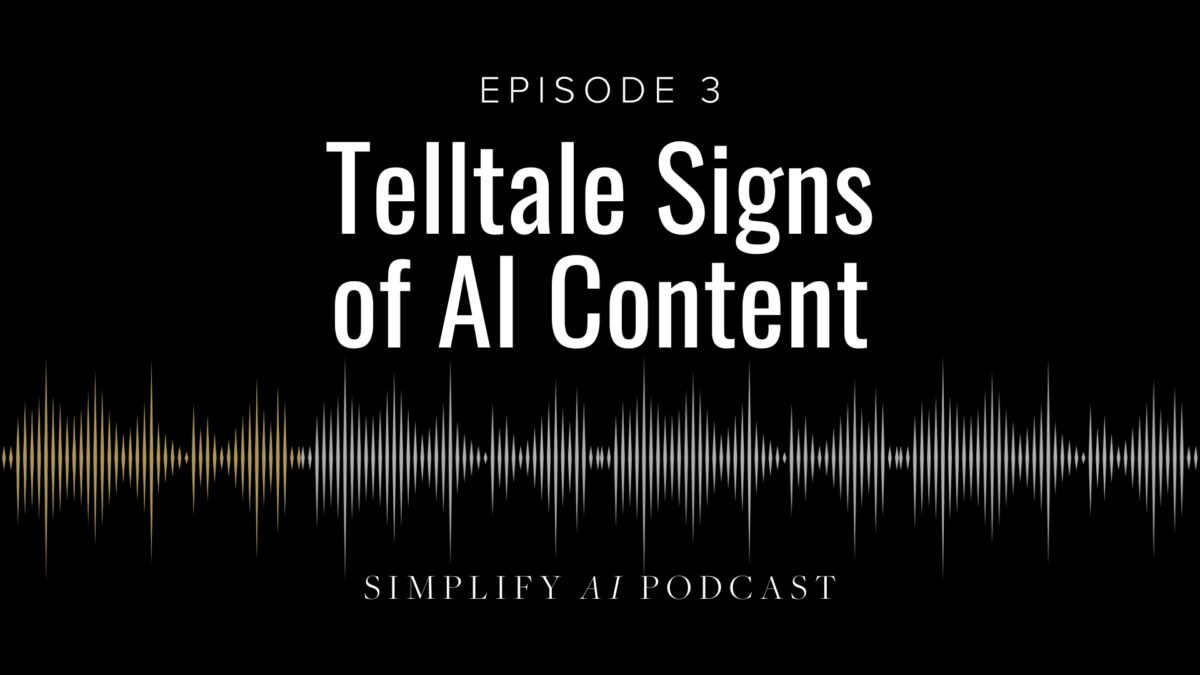
Can You Tell If It Was Written by AI?
Ever wondered if a post was generated by AI? Do you think you can always tell? In this third episode, we answer a listener’s question: How can you tell if content you see on social media is generated by A.I. versus being real? We discuss the subtle ‘tells’ like overly formal sentence structure and specific formatting that tend to give AI content away, think about the trust issues within the whole process and consider what social media platforms could do to make AI-generated posts more transparent.
As generative AI becomes more common across a wide range of platforms, being able to accurately spot what’s been created by a machine – and what hasn’t – is an increasingly important skill to develop. For educators and training providers, this is not just a social media concern. It opens up much bigger and more relevant conversations about authorship, originality and digital trust.
This episode is especially relevant for those working in assessment, curriculum design or employability programmes. If you’re teaching learners to build an online presence, or preparing students for a world of AI-generated job applications and automated feedback, understanding how to spot the signs of AI use is vital.
Stephen and Rebecca explore what gives AI content away – not in a technical way, but in a human one. From formal tone to repeated structures and bland phrasing, they share what to look out for, and what it might mean when we see these patterns. They also explore the wider implications – how trust is built or lost when we can’t tell who really wrote something.
The episode also considers what platforms and systems could do to help – from better labelling of AI content to new forms of digital literacy that go beyond basics. It’s the kind of conversation that sits right at the intersection of EdTech, safeguarding and learner support.
For those working with young people, apprentices, or adult learners, this is a useful resource to spark discussions about content creation, critical thinking and the blurry lines between real and generated. For awarding bodies and quality leads, it touches on concerns about authenticity and transparency that are becoming harder to ignore.
Ultimately, it’s about helping people feel confident navigating a changing digital landscape – and giving them the tools to ask good questions, spot patterns and stay aware of what’s really going on behind the screen.



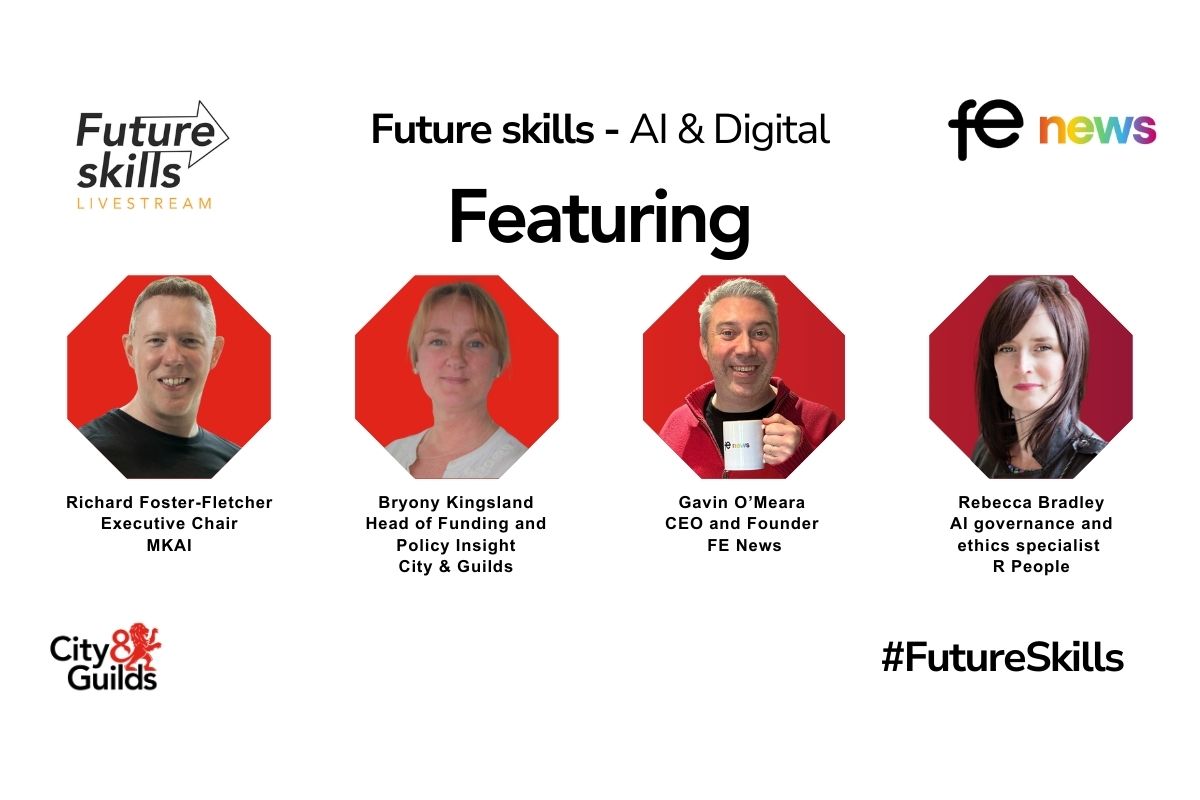




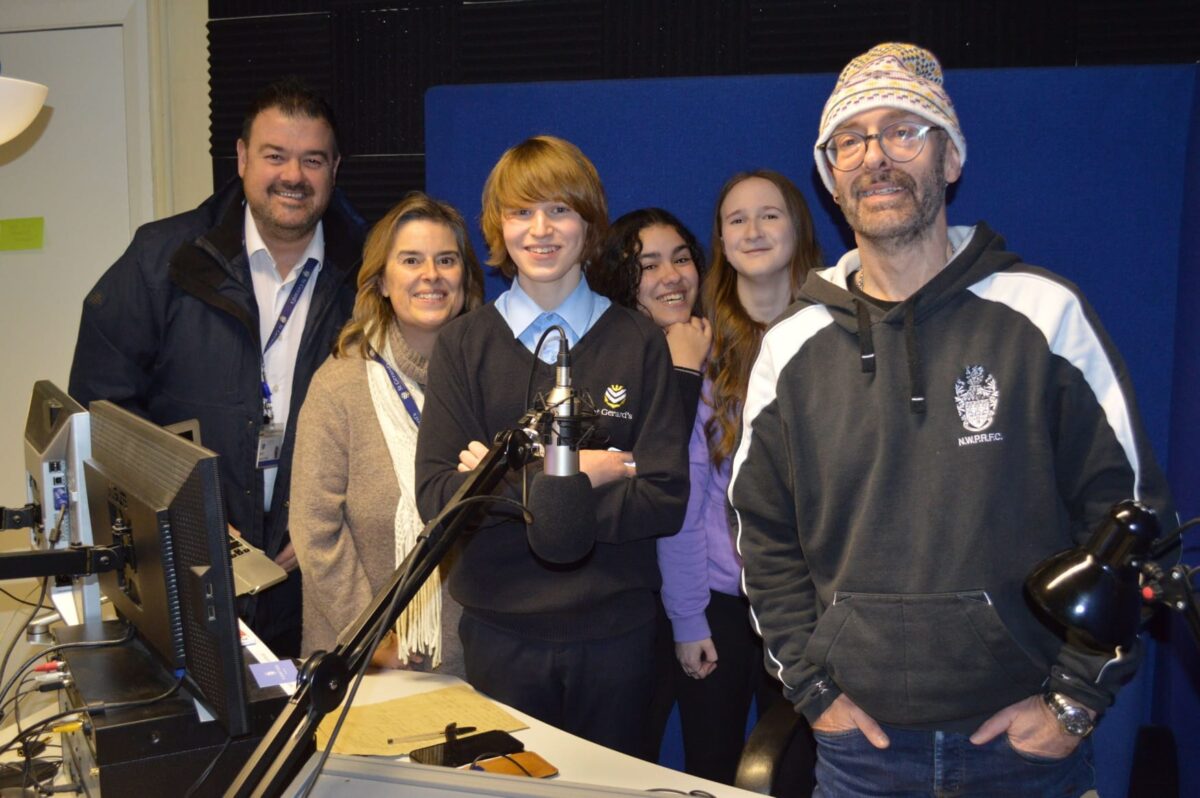
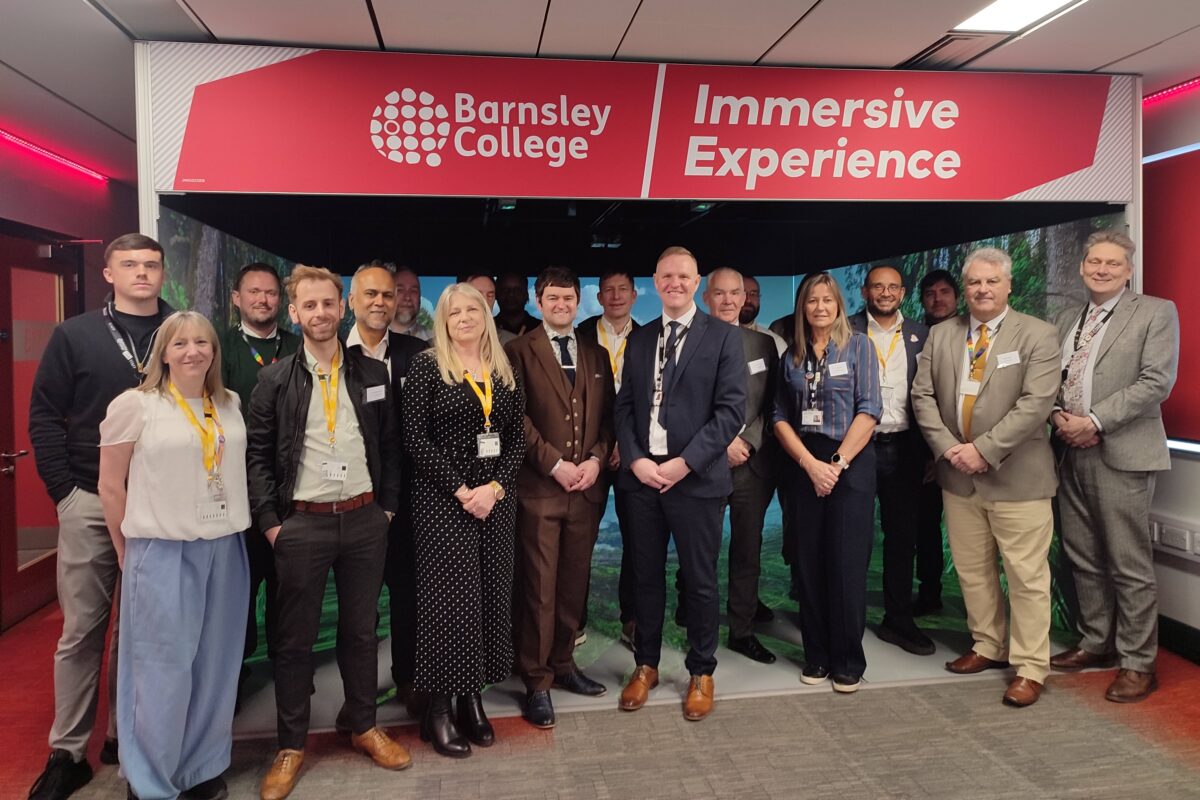
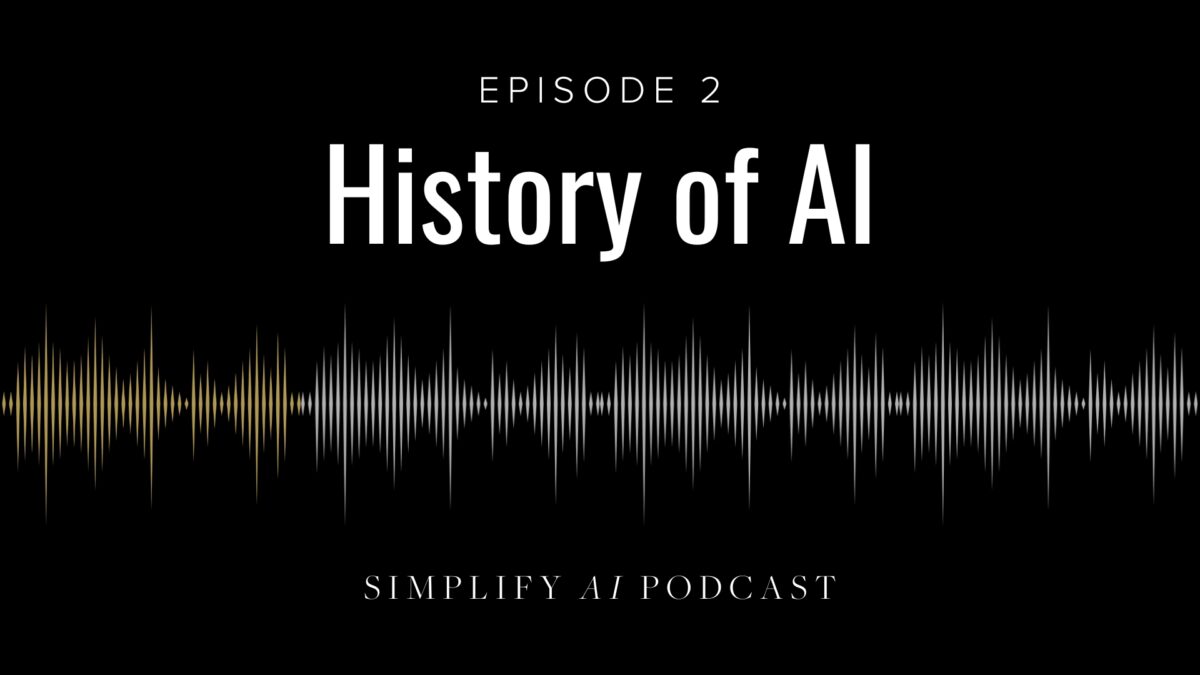
Responses